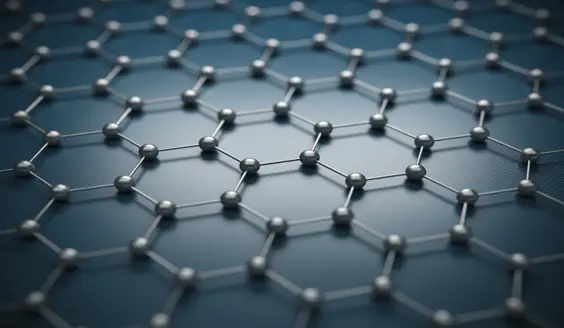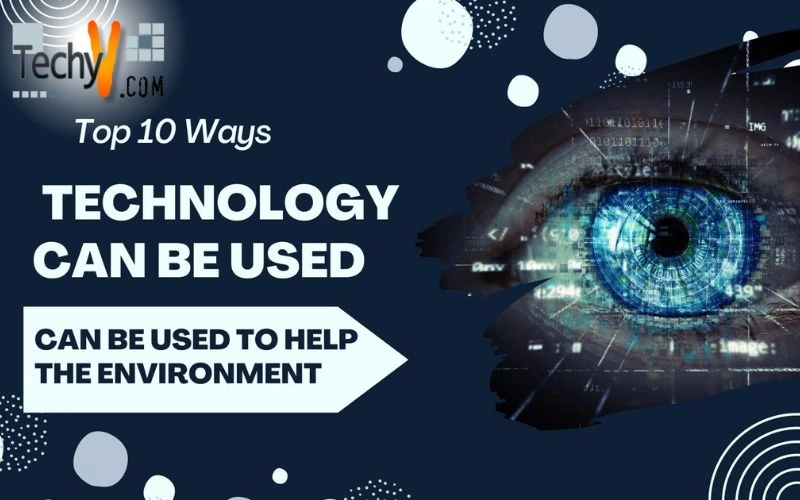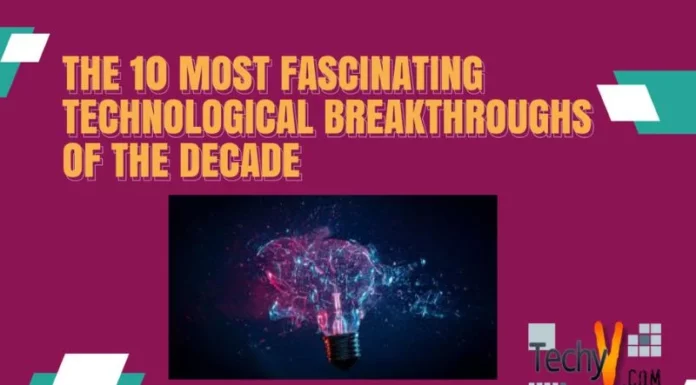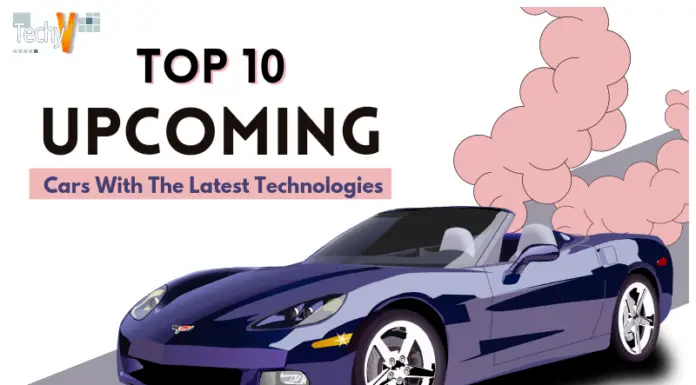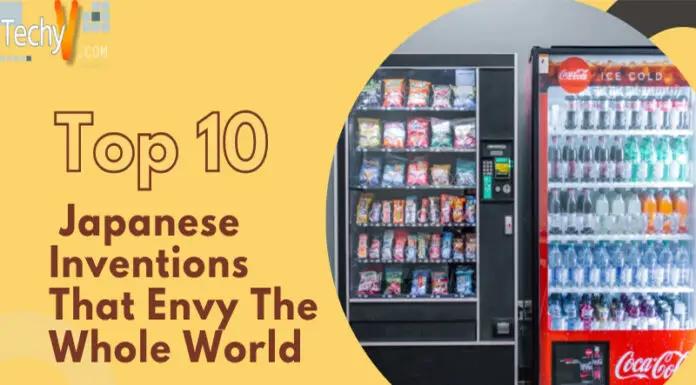Technology has come a far way and made our lives easier. But all this improved technology and urbanization came with a cost. As the year progressed, environment depletion also progressed. Global warming, pollution, overpopulation, resource depletion etc. are still on a high, and we have to ways to find ways to combat this. Can today’s technology be of any help regarding these issues? Indeed, they can. Technology has helped us, humans, in so many ways and they help our mother Earth as well. In the near future, hopefully, more innovations will help the environment to heal. But even with today’s technology environment can be helped. Let’s take a look at some technologies for this purpose:-
1. Electric Cars
Electric cars will be slowly taking over the market. In a few years, people will travel using electric cars more.No fuel is required to run electric cars hence reducing the depletion of fossil fuels. It also reduces pollution as it does not emit pollutants. Thus it is environmentally friendly and also has a better performance.
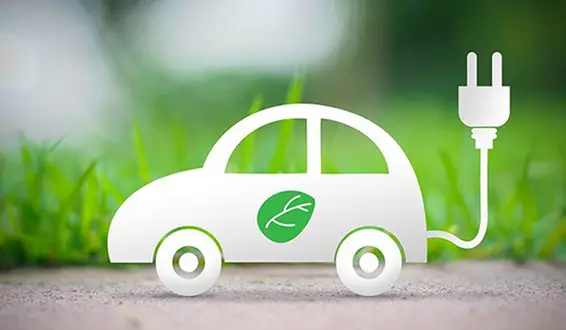
2. Bio-Plastic
Bio-plastics are plastics that are made wholly from or partially from biological resources or biomass like vegetable fats and oils, straw, food waste, etc. Bio-plastics thus do not depend on fossil fuels for production, and they also cause less pollution. Pure plastic usage can be reduced with the popularization of bio-plastics.
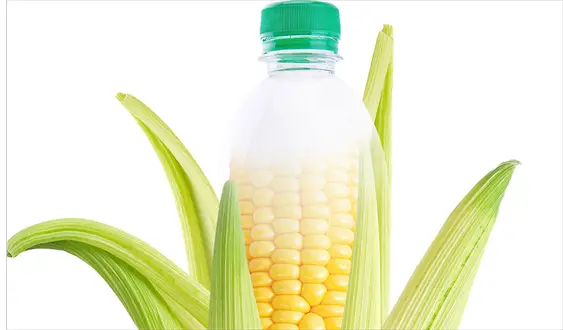
3. Carbon Capture
CCUS, which stands for Carbon Capture, Utilisation, and Storage, is a necessary emissions reduction technology that can be used throughout the energy system. CCUS technologies involve capturing carbon dioxide from the combustion of fuels or industrial processes, transporting this CO2 by ships or pipelines, and using it as a resource to create valuable products or services or storing it permanently at geological depths.
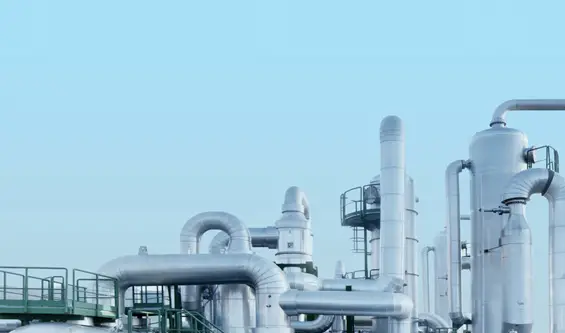
4. Smart Homes
Smart homes help in reducing the energy our homes usually consume. Smart homes work by using smart devices like smartphones, tablets, etc. as a central point connecting all the home devices. Lights are automatically turned off in empty rooms, and it has various other functions like working according to commands. Electricity bills are also less in smart homes.
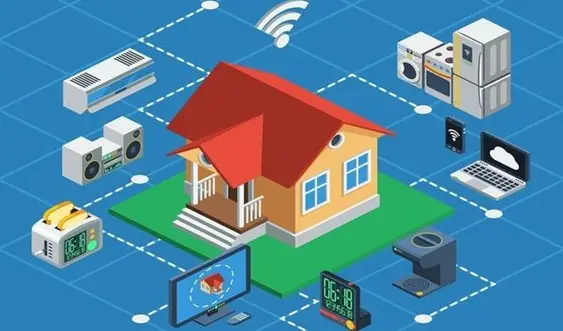
5. Fake Meat
Many people in this world rely on meat as a part of their diet, but the production of meat is not suitable for the environment. Meat production consumes a lot of lands which leads to deforestation and depletion of a lot of natural resources. One way to combat this is by using a substitute for the meat that is fake. Now with improvements in food tech, many companies are producing high-quality fake meat.
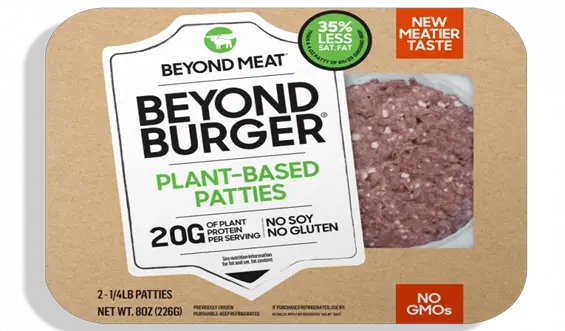
6. Environmental Sensors
Due to improvements in technology, specific sensors called environmental sensors were developed. Environmental sensors are used to monitor environmental factors. Like the weather, storms, air quality, forests, etc. Farmers can use these sensors to monitor different factors that will help in better crop production. There are also many other varieties of environmental detectors.
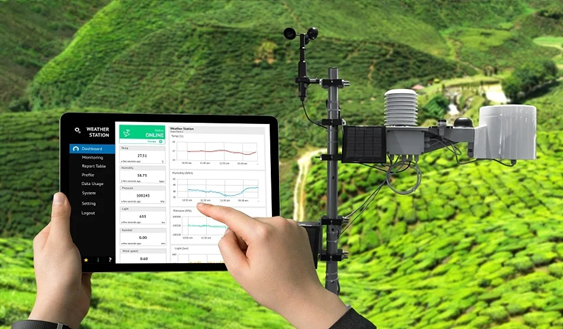
7. Solar Glass
Solar glass controls the amount of heat entering the building. Its primary purpose is to convert solar energy into sunlight into energy that can be used. Therefore if the solar glass is used in a building during the daytime, it will use up the sunlight to generate electricity. This is also a renewable source of energy and pollution-free.
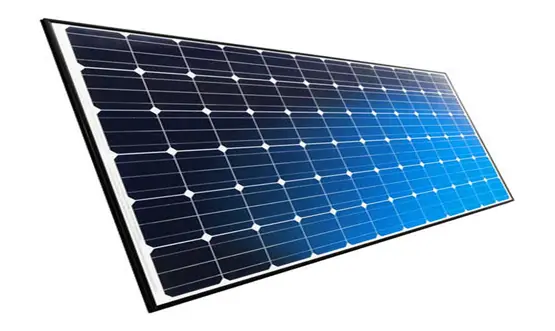
8. Artificial Intelligence
AI is impacting agricultural practices and will soon transform the way agriculture is done in the developed world, reducing our reliance on pesticides and reducing water use. AI will allow autonomous vehicles to navigate more efficiently and reduce air pollution. Materials scientists use AI to design biodegradable alternates for plastics and devise strategies to clean up our oceans, which absorb about eight million tons of plastics annually.

9. Eco-Friendly Battery
Unlike regular batteries which are lithium-ion batteries and are harmful to the environment, eco-friendly batteries are, as their name suggests, environmentally friendly, safe, of low cost, and are also long-lasting. One such example of such a battery is the Sodium-ion battery. Sodium is also a more abundant element when compared to lithium.
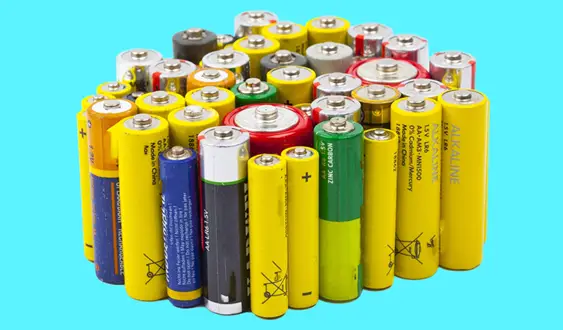
10. Graphene
Graphene is an allotrope of carbon and is an ultra-light layer of graphite, harder than diamond and more conductive than copper. Since it is conductive and flexible, it has a lot of applications. It could potentially be used for high-efficiency water filters or, as a superconductor that could carry electricity over long distances with minimal losses.
